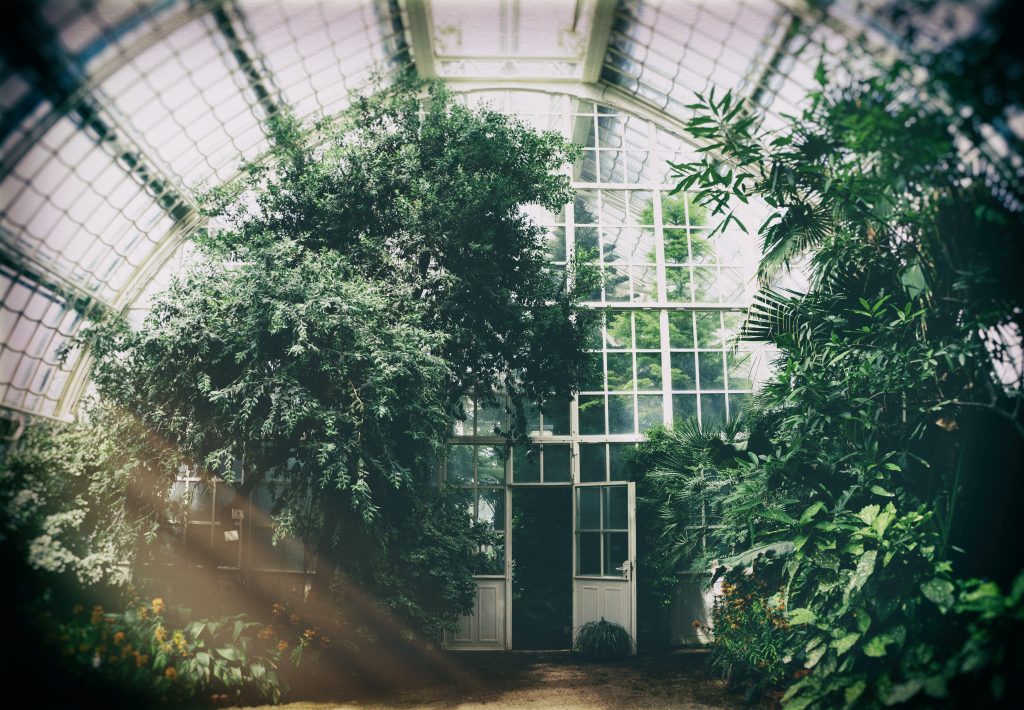A greenhouse is a building made of glass or plastic where plants are grown in a controlled environment. The benefits of growing plants in a greenhouse include:
- Controlled Climate: The temperature, humidity, and light levels inside a greenhouse can be adjusted to suit the needs of specific plants, which helps ensure optimal growth and yields.
- Protection from Pests and Diseases: Pests and diseases can be kept out of the greenhouse, reducing the need for pesticides and herbicides.
- Year-Round Growing: Greenhouses allow for year-round growing, even in areas with harsh climates.
- Extended Growing Season: The controlled environment of a greenhouse allows for an extended growing season, which means more time to grow and harvest crops.
- Increased Yields: The optimal growing conditions provided by a greenhouse often result in increased yields compared to growing outside.
Compared to growing plants outside, greenhouses provide a more controlled and protected environment, which can lead to increased yields, longer growing seasons, and reduced risk of pest and disease problems.
Some disadvantages of greenhouses include:
- Cost: Building and maintaining a greenhouse can be expensive, especially for large-scale operations.
- Energy Use: Greenhouses require a significant amount of energy to maintain optimal growing conditions, which can be costly and have a negative impact on the environment.
- Limited Space: Greenhouses have limited space, which can be a problem for large-scale farming operations.
- Dependence on Artificial Light: Greenhouses often rely on artificial light to provide plants with sufficient light, which can be expensive and energy-intensive.
- High Humidity: The high humidity levels in greenhouses can lead to the growth of mold and other harmful microorganisms, which can be harmful to both plants and people.
- Overheating: In some cases, greenhouses can become overheated, which can be harmful to plants and lead to decreased yields.
- Limited Diversity: Growing only in a greenhouse can limit the diversity of plants that can be grown, as some species may not thrive in a controlled environment.
In conclusion, greenhouses offer many benefits, but also come with some challenges and limitations. The decision to use a greenhouse should be based on the specific needs of the plants being grown and the resources available.


